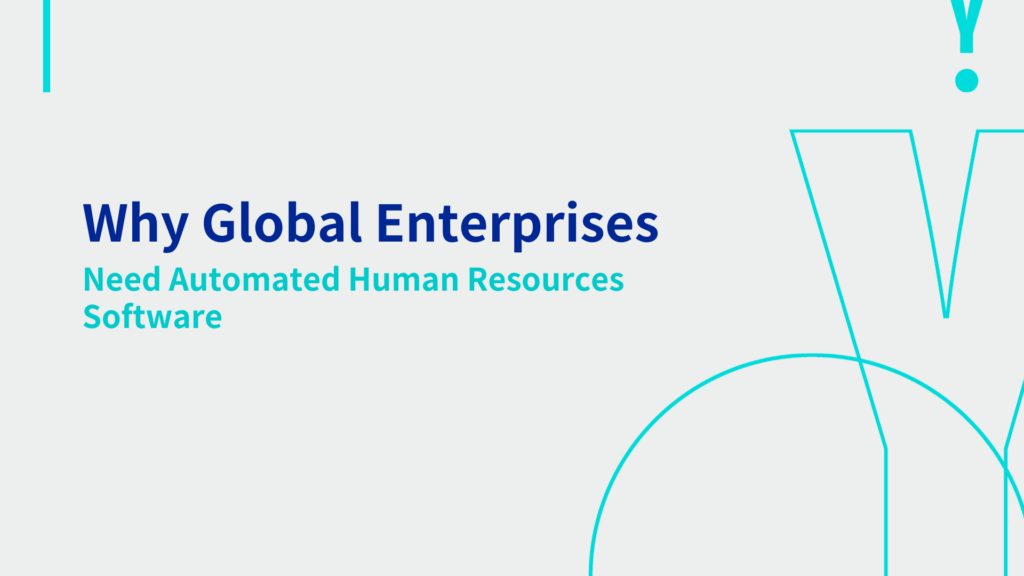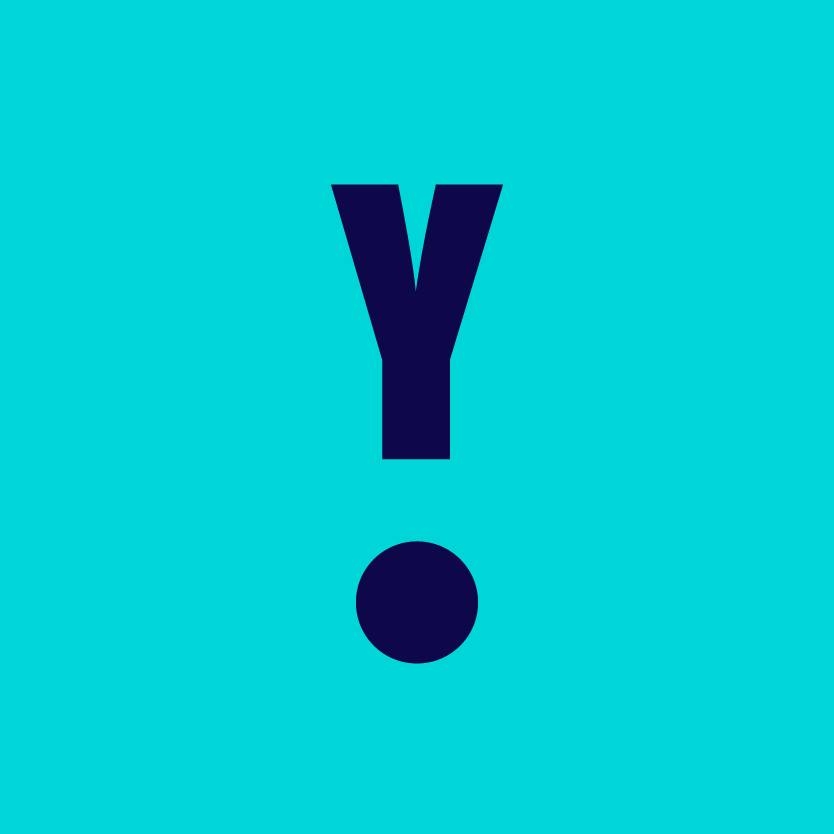
Managing a global workforce with outdated HR systems is frustrating, costly, and inefficient. Manual tasks eat up valuable HR time. Delays in data synchronization often cause compliance issues and payroll errors across borders. Communication gaps between departments lead to employee dissatisfaction and low engagement levels. In such cases, the best human resources software is needed for installation.
Furthermore, traditional systems lack the scalability to support growing multinational teams. Your HR teams spend more time on paperwork than strategic decision-making. That’s not just inconvenient—it’s dangerous in today’s competitive world.
As your workforce becomes increasingly diverse and decentralized, automation is no longer optional. Instead, it’s the key to real-time decisions and smarter resource allocation. With modern HR software, your business can streamline recruitment, onboarding, and employee management effortlessly.
So, let’s explore why adopting modern, automated HR systems is vital for global businesses that want to thrive—not just survive—in today’s digital age.
- Traditional HR Model No Longer Works – Install Human Resources Software
- Manual Processes Drain Time & Resources
- Global Workforces Need Scalable Solutions
- Legacy Systems Struggle with Integration
- Why Automation Is The Future of Global HR?
- The Business Case: Real Benefits of Modern HR Software
- Features That Set Modern HR Platforms Apart
- How Do Big Brands Benefit from Modern HR Software?
- Common Concerns — And Why They’re Outdated
- How to Choose The Right Modern HR Software?
- Final Thoughts
Traditional HR Model No Longer Works – Install Human Resources Software
Manual Processes Drain Time & Resources
Traditional HR models rely heavily on spreadsheets, emails, and physical documents. This approach wastes time and leads to frequent errors. Moreover, essential updates often get delayed, increasing the risk of miscommunication and missed deadlines.
That impacts overall productivity significantly. Additionally, HR professionals are stuck with repetitive administrative work, limiting their role in strategic business decisions. That’s a huge lost opportunity.
Global Workforces Need Scalable Solutions
- As your company expands internationally, managing HR data across multiple locations becomes complex and chaotic without centralized systems.
- You need a scalable platform that accommodates different time zones, languages, tax codes, and labor laws effortlessly. Here, a time attendance clock system can be beneficial for HR departments.
- Without this, inconsistencies in hiring, compliance, and payroll quickly arise—leading to reputational risks and costly legal issues.
Legacy Systems Struggle with Integration
Old-school HR software often can’t integrate well with modern business tools like CRM, ERP, or project management systems. As a result, data silos form, making it difficult to get a unified view of workforce performance and engagement metrics.
On the other hand, modern solutions allow seamless data syncing across departments, improving collaboration and real-time reporting.
Why Automation Is The Future of Global HR?
Boosting Accuracy & Reducing Human Error
Manual data entry increases the likelihood of payroll mistakes, duplicate records, and incorrect compliance filings—hurting your brand’s reputation. Conversely, automated HR platforms offer built-in validation and real-time alerts that significantly reduce these costly errors.
Faster, Smarter Recruitment Processes
Automated applicant tracking systems (ATS) help you identify top talent faster using AI-powered resume screening and pre-set filters. In addition, automated scheduling tools allow recruiters to line up interviews instantly across time zones—boosting hiring efficiency tenfold.
Seamless Onboarding across Continents
With automated onboarding workflows, new hires can receive welcome emails, e-sign documents, and complete training—even before day one. Therefore, this consistency improves employee experience globally and ensures every hire receives the same high-quality introduction to your company.
Hence, integrate the best human resources software for your global employee management.
The Business Case: Real Benefits of Modern HR Software
Enhanced Global Compliance And Reporting
Compliance varies drastically across countries. With modern HR platforms, rule-based engines ensure your business always stays audit-ready. Built-in reporting tools help you generate country-specific reports instantly—keeping local and global stakeholders equally informed.
Data-Driven Decision Making
When HR data is centralized and automated, executives gain access to real-time analytics that inform smarter workforce planning decisions. Dashboards can highlight hiring trends, engagement scores, attrition rates, and more. All these could be backed by actionable insights, not just gut feelings.
Improved Employee Self-Service
Employees across the globe can access portals to update their details, request leave, or review payslips without HR’s manual help. Hence, this autonomy saves HR time and empowers employees—fostering a culture of transparency and trust across your entire organization.
Features That Set Modern HR Platforms Apart
Cloud-Based Accessibility
Cloud-based HR tools ensure your teams access information anytime, anywhere—vital for global teams in different time zones. Data is stored securely in the cloud, offering seamless collaboration, easy backups, and minimal downtime during updates or system failures.
AI & Machine Learning Capabilities
Modern HR platforms and workforce time and attendance systems use AI to predict employee attrition, recommend development plans, and personalize learning experiences at scale. For example, machine learning algorithms can spot early signs of disengagement, thus, allowing managers to take proactive measures.
Integration with Business Systems
Modern software solutions connect effortlessly with existing enterprise tools—eliminating data duplication and improving process flow across departments. So, whether it’s syncing with payroll systems, financial tools, or project platforms—integration ensures your business operates like a well-oiled machine.
How Do Big Brands Benefit from Modern HR Software?
Global Talent Acquisition at Scale
Tech companies leverage AI-driven HR platforms to identify, interview, and onboard talent across continents quickly. Automation speeds up their hiring cycle while maintaining high standards, ensuring top candidates never slip through the cracks.
Unified Culture Across Borders
Modern HR tools enable consistent training, recognition programs, and engagement initiatives—bridging cultural gaps across multiple offices. Henceforth, this creates a shared organizational culture, even if your employees are scattered across five countries and speak six languages.
Better Retention through Predictive Analytics
Businesses using predictive tools can identify which employees are likely to leave and why—helping them act before it’s too late. This insight supports proactive retention strategies such as mentorship, upskilling, or role redesign to maintain workforce stability.
Common Concerns — And Why They’re Outdated
Modern HR Tools Are Too Expensive
Modern cloud-based HR software operates on a subscription model—eliminating upfront costs and reducing long-term maintenance expenses. So, when you factor in the time saved and errors avoided, the return on investment is far greater than legacy systems.
Switching Systems Is Too Complicated
Most modern HR platforms offer expert-led migration services, data import tools, and customer support to ease the transition. Training modules and onboarding assistance ensure your staff becomes confident in using the new system within days—not months.
We Already Have An HR Department
Even the best HR teams can’t keep up with manual systems in a global context. Automation enhances—not replaces—their work. With more time for strategic tasks, your HR department can focus on employee growth, innovation, and organizational development.
How to Choose The Right Modern HR Software?
- Prioritize Scalability & Customization
Look for solutions that grow with your organization, allowing customizable workflows for recruitment, payroll, onboarding, and training. Your system must support localized compliance needs without compromising global visibility and control.
- Focus on User Experience
The platform should be intuitive, mobile-friendly, and support multilingual interfaces for smoother adoption across your global workforce. User-friendly dashboards and accessible self-service features reduce training needs and improve employee satisfaction from day one.
- Insist on Strong Data Security
Global enterprises handle sensitive employee data that must be protected. Choose vendors that offer end-to-end encryption and regular audits. Compliance with GDPR, HIPAA, and other international standards should be non-negotiable when so choosing your HR software provider.
Final Thoughts
The way we manage people has fundamentally changed, especially for global businesses. Manual systems simply can’t keep up anymore. Modern HR software delivers speed, compliance, insight, and scalability—four pillars critical for operating across borders and time zones.
Therefore, by embracing automation, your business can attract global talent, ensure consistent onboarding, and boost employee engagement worldwide. So, don’t let outdated tools slow your growth.
Instead, invest in human resources software that modernizes HR functions for better efficiency and success. Start with a system that fits your global ambitions. So, when your people thrive, your entire organization wins.
Ready to automate your HR for global success?
Visit YOOV and let’s talk HR modernization today.
Connect with YOOV

WhatsApp:Click Here
Email:cs@yoov.com
Website:https://www.yoov.com/